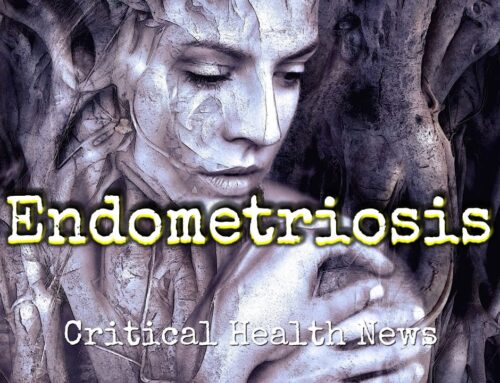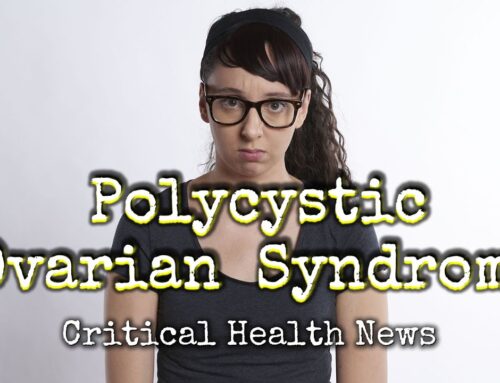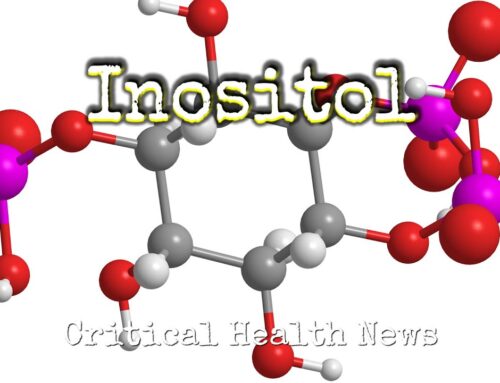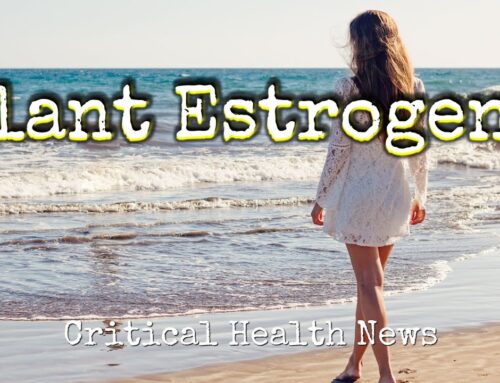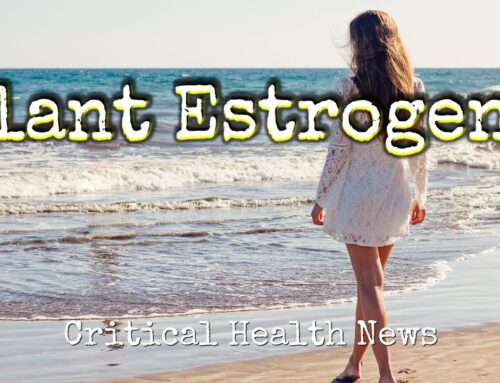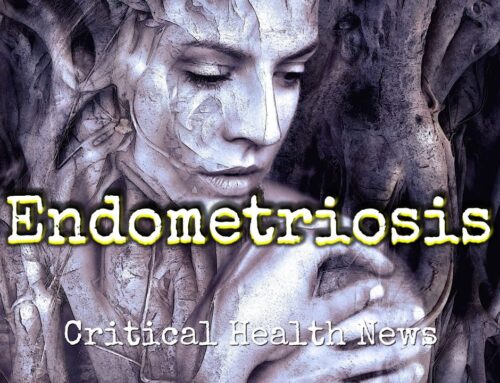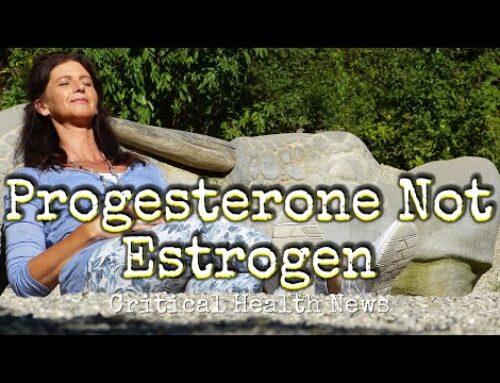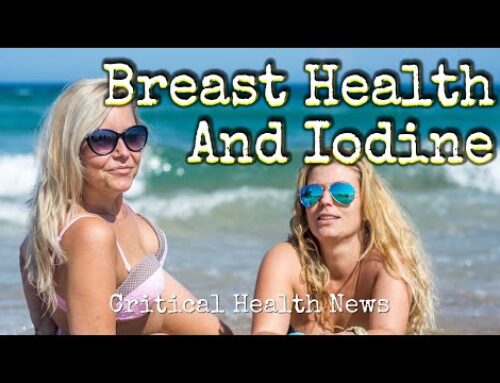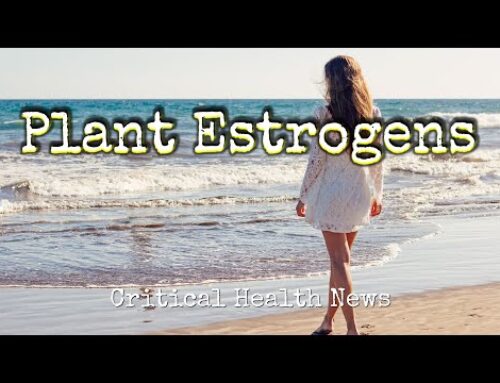The amazing and mysterious female reproductive biochemical machine is a miracle of human biology, a complex and tightly regulated system that impacts every aspect of a woman’s life. The molecules that are responsible for its multiple and diverse effects are called hormones. Because of their network properties, where each one affects the other, understanding how to work with these biochemicals can be a confusing affair.
The two major female hormones progesterone and estrogen are steroidal in nature, meaning they’re versions of cholesterol. They’re mostly synthesized in the reproductive and adrenal glands, as well as in fatty tissue and the brain. Because of their fluctuating nature, trying to modify or control these hormones pharmacologically can be difficult.
That’s not to say the patients and their physicians don’t try. Prescriptions for these hormones are routinely dispensed. According to the national institute of health, some six million women are currently on hormone replacement therapy or HRT. Unfortunately, because of the delicate and responsive nature of the body’s hormone system, many of them are at increased risk for blood clots, heart disease, cancer and strokes, mostly linked to estrogen.
Progesterone, on the other hand, is not only non-toxic and available over the counter, it also makes the body more responsive to its own natural estrogen. Because there’s always some estrogen being produced even after menopause, many women are successfully choosing to avoid the use of estrogen entirely and have their hormone deficiency issues addressed by using only progesterone, which is available in both oral and topical forms.

